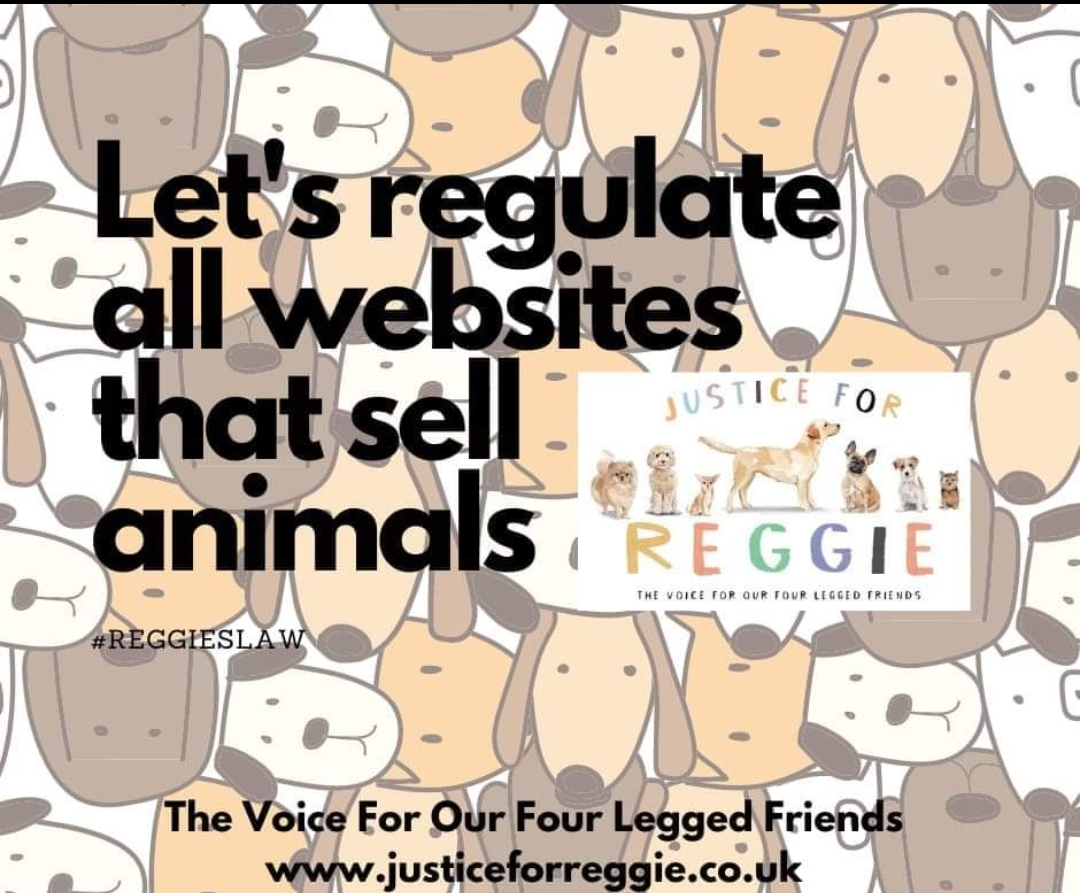October 2024
Do you really know where your puppy has come from?
70% of pet owners in the UK do some research before buying a pet, but there are still many owners admitting to doing no research at all. It is far too easy to be deceived by the cute adverts showing photos of puppies being cuddled in a family environment. However, are they genuine? With technology moving fast, there are so many sophisticated tools in the world of image generation. Photo-editing tools like Photoshop is a very powerful way to transform ordinary photos into extraordinary creations. Even so, it can become dangerous in the advertising world with photo editing going too far. Puppy farmers often use photo tricks to fool buyers. As we already know, puppy farms are operating all over the UK and Ireland and they come in many guises. There are the mass-produced puppies in large breeding facilities (using deceptive names like dog academies and ‘kennels’ used at the end of the name) who are often overlooked by the authorities. Then there are the illegal back yard breeders. Either way they are all the same – profits over animal welfare. The dogs are purely used as breeding machines and disposed of when no longer useful.
Photoshopping or Photo Manipulation
When seeing an online advert for a puppy we look at the photos of the pups interacting with their mother convinced they are bred in a loving family home. But how do we know the photo is genuine?
Repeatedly, we see photos that have been photoshopped to include the mother of the pups (could be any dog) or a child edited into the photos to give the appearance of a family home, when in reality the pups are brought out of a shed.
What to look for
To determine if a photo has been altered using photo shop, or other editing software can be very challenging, but there are signs we can look out for:
Examine the image quality and look out for different levels of focus or blurriness between the subject or animal and the background.
Areas that appear pixelated (when tiny dots that make up the photo can be seen) or smooth, which could indicate manipulation.
Check if the lighting on the subject or animal matches the background as different light sources can create odd shadows or highlights.
If the subject or animal is not casting a shadow where it should be expected, then again this a red flag
Check for rough and unnatural edges around the subjects which can indicate it is cut from another image.
Use reverse image search on Google (place a photo or link into the search box instead of text) to see if the photo appears anywhere else online – e.g., magazines, stock photos and on other selling platforms.
Look for overly vibrant colours and different textures that may show some editing and manipulation.
Above all – trust your instincts. There is no substitute for visiting the pups in the place that they were born.
Who is the person behind the seller?
Always be prepared to ask many questions when searching online to buy a puppy. What conditions are the dogs bred in? How many litters are they having? Do they have health checks? Are they being well cared for? Are the puppies socialised?
Owning a pet is a lifelong commitment and should never be bought on impulse. So, until the websites are regulated, the responsibility unfortunately falls on the buyer so please help stop the cruel puppy trade.
https://www.bva.co.uk/take-action/our-policies/puppy-farming/
Panorama (Documentary) - Britain's Puppy Dealers Exposed (youtube.com)


